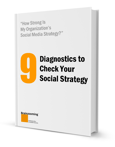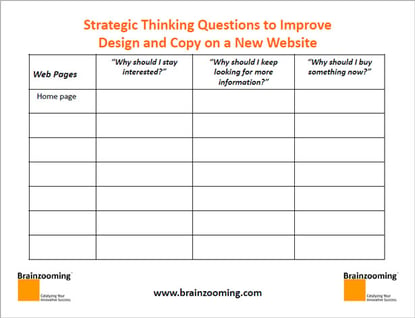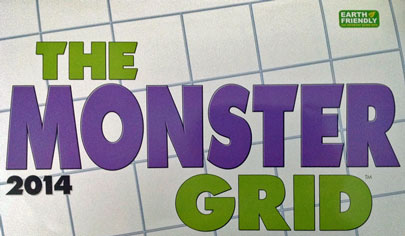The latest social media "strategy" to land off the mark, be co-opted by the crowd, and subsequently crashed into the ground comes via Bill Cosby.
As Internet reports recount, a meme creator was installed on the Bill Cosby website. Using the meme creator, visitors could combine classic reaction photos of the comedian coupled with the visitor's own funny / pithy / scathing / inflammatory copy to create a shareable meme.
Within a short time, the tone of the user-generated memes turned scathing and inflammatory as the crowd started creating memes directly centered on long-standing rape allegations against Bill Cosby.
To deal with the meme debacle, the meme creator was removed, and the Cosby camp tried to eliminate evidence that the whole thing ever happened.
This joins a string of examples and brand lessons where a brand, as part of its social media strategy, decided some type of user-generated content would be great to promote the brand because all user-generated content for big brands goes viral on social media (yes, I'm being sarcastic, but it's what many brands seem to believe).
If you're wondering how @BillCosby's team *thought* #CosbyMeme would go, these are the examples from his website. pic.twitter.com/skq3WC7sBM
— dan barker (@danbarker) November 10, 2014
Exploring the Downside of Social Media Strategy with User-Generated Content
In case your brand (or an agency that does not know any better) is thinking about a comparable social media strategy resting on giving your brand's fans the venue, the means, and/or the opportunity to express their opinions about your brand in an "organized" manner, please run through these questions first. PLEASE. For your own good:
- Have we thoroughly "listened," both online and offline, to the very worst things our brand's haters are saying, even if they are being said by one crackpot that NO ONE would ever listen to?
- When we put together and read the list of all the things we hear our brand haters saying, how much of the list would we regret all of our current audience starting to hear and believe?
- How much of the aforementioned brand hater list would we regret our potential audience learning as they form their first impressions of our brand?
- How much more attention will our brand haters receive (than they do currently) if we were to share with them the most visible venue our brand has ever used to get our message out to our audience?
.@BillCosby This is fun! #CosbyMeme pic.twitter.com/O1ScpMBzqA
— Matthew Bramlett (@matthewbramlett) November 10, 2014
Exploring an Alternative Social Media Strategy
Now compare the cumulative impact of all that potential downsides against what we hope to accomplish with this social media strategy . . . More people visiting our website? Extending our brand's reach? Getting more people to talk about our brand? Free PR? Or something that's not even that well defined? Are any of these impacts big enough that we're willing to risk the potential downside?
If we're not willing to risk the downside (including the exposure of all our brand's dirty little secrets), how can we adapt this social media strategy, exploring ways to:
- Give the public a narrow set of choices with which to generate content instead of encouraging open-ended creativity on their part?
- Filter the user-generated content first and then giving greater exposure to only the best examples?
- Celebrate the great content our brand fans are already sharing without being heavy-handed about it?
So how about that social media strategy tied to user-generated content?
A Smarter Social Media Strategy Approach
Running through this exercise should, ideally, put things in a lot better perspective when it comes to thinking user-generated content is the answer to a great social media strategy for your brand.
Maybe there is value to it, and your brand haters aren't THAT bad. Or maybe you can adapt the strategy to reduce the potential downside significantly.
Either way, you owe it to your brand to do this type of strategic thinking before you give the power of your brand's attention and its big corporate microphone to the people who most hate what your brand does and what your brand represents. – Mike Brown
If you enjoyed this article, subscribe to the free Brainzooming email updates.
“How strong is my organization’s social media strategy?”
Is your social media implementation working as well as it can? In less than 60 minutes with the new FREE Brainzooming ebook “9 Diagnostics to Check Your Social Strategy,” you’ll have a precise answer to this question.
Any executive can make a thorough yet rapid evaluation of nine different dimensions of their social media strategies with these nine diagnostics. Download Your Free Copy of “9 Diagnostics to Check Your Social Strategy.”




